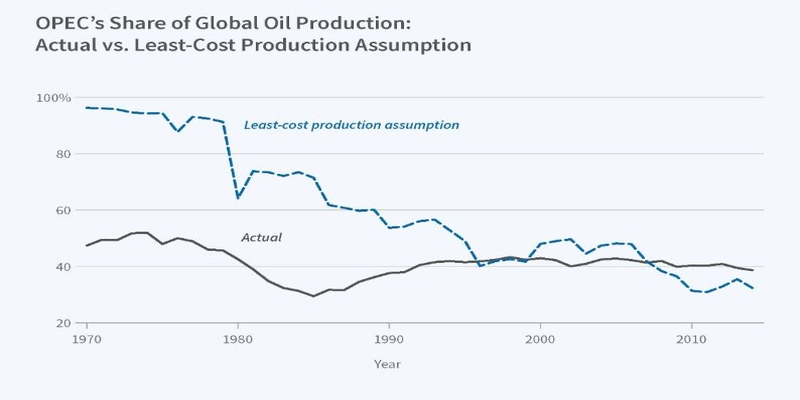Discover How to Assess REITs Using Funds from Operations (FFO/AFFO)
The number that real estate investment trusts (REITs) use to describe the cash flow from their activities is known as funds from operations (FFO). FFO is basically a metric used by real estate companies to assess their operating success. To calculate free cash flow (FFO), depreciation, amortization, and losses from asset sales are added to earnings. Any gains from asset sales and interest income are then subtracted. Occasionally, it is quoted per share. For the purpose of assessing REITs and other comparable investment trusts, the FFO-per-share ratio should be utilized rather than earnings per share (EPS). In addition, FFO is a metric used by real estate companies to assess their operating success. FFO solely covers income from business operations; it does not include one-time cash inflows. Keep reading to explore all about how to assess REITs using funds from operations (FFO/AFFO)!
What FFO Can Tell You?

Why FFO Is a Good Measure of REIT Performance?
FFO makes up for cost-accounting techniques that can present a REIT's actual performance in an untruthful manner. All REITs must use one of the conventional depreciation techniques to gradually depreciate their investment properties in accordance with generally accepted accounting principles (GAAP). Depreciation, however, is erroneous in characterizing the value of a REIT because many investment properties actually appreciate over time. To resolve this issue, depreciation and amortization must be added back to net income. Gains from the sale of real estate are also deducted from FFO since these sales are regarded as one-time events. 90% of all taxable income for REITs must be distributed to investors as dividends or cash payments. Businesses will occasionally add FFO per share to their EPS. A company's net income divided by the number of outstanding equity shares is its earnings per share. The amount of income being created per share is measured by EPS and FFO per share. Investors can also assess if management is using the funds efficiently by looking at these metrics. In addition, a price-to-earnings ratiowhich is calculated by dividing the stock price by EPSis often used by analysts and investors to evaluate a REIT. This is known as the price-FFO ratio. If a REIT were involved, its market value would be split by its FFO per share.
Difference Between Funds From Operations &'' Adjusted Funds From Operations
 A growing number of real estate analysts are also computing a REIT's adjusted funds from operations (AFFO). This computation takes a REIT's free cash flow (FFO) and deducts any straight-lining of rents and capitalized, then amortized recurrent expenses. These ongoing capital costs could consist of upkeep costs like painting jobs or roofing repairs. As a more precise gauge of a REIT's profit potential, AFFO has gained popularity.
In order to give a more accurate indication of a REIT's ability to earn cash or pay dividends, the AFFO measure was created. This alternative measure is also sometimes called cash available for distribution or funds available for distribution in addition to AFFO.
A growing number of real estate analysts are also computing a REIT's adjusted funds from operations (AFFO). This computation takes a REIT's free cash flow (FFO) and deducts any straight-lining of rents and capitalized, then amortized recurrent expenses. These ongoing capital costs could consist of upkeep costs like painting jobs or roofing repairs. As a more precise gauge of a REIT's profit potential, AFFO has gained popularity.
In order to give a more accurate indication of a REIT's ability to earn cash or pay dividends, the AFFO measure was created. This alternative measure is also sometimes called cash available for distribution or funds available for distribution in addition to AFFO.
Where Do You Find a REITs FFO?
The public must be informed about the funds from the activities of REITs. This number is readily available on the public financial accounts of a REIT. Look for this number in the footnotes of the income statement that you locate. The FFO can also be computed by totaling the net income, amortization, depreciation, and losses on sales of real estate for the REIT. Then, deduct that amount from any interest income and any gains from the sale of real estate.
What Does a Company's FFO?
The amount of cash generated by a real estate investment trust is measured by funds from operations. This money comes from a number of sources, such as routine corporate operations. REITs gauge their operational performance using FFO. Remember that gains a REIT receives from the sale of its property or properties are not included in FFO. This is so because it doesn't qualify as a regular or continuous exercise.
Applying a Multiple to FFO/AFFO
Dividends paid and price growth are the two main sources of the REIT's overall return. The two components of expected price appreciation are the price-to-FFO or price-to-AFFO ratio expansion and the growth in FFO/AFFO. Let's examine XYZ's multiples. Keep in mind that the price we are displaying is the product of market capitalization (market cap) and free cash flow (FFO).
Conclusion
In general, evaluating Real Estate Investment Trusts (REITs) requires a grasp of Funds from Operations (FFO) and Adjusted Funds from Operations (AFFO). An understanding of a REIT's operational performance can be gained from FFO, but by taking continuing capital costs into account, AFFO offers a more precise assessment of profit potential. Investors can assess potential returns and managerial efficiency with the aid of these measurements. I hope this article on how to assess REITs using funds from operations (FFO/AFFO) will be beneficial for you.














